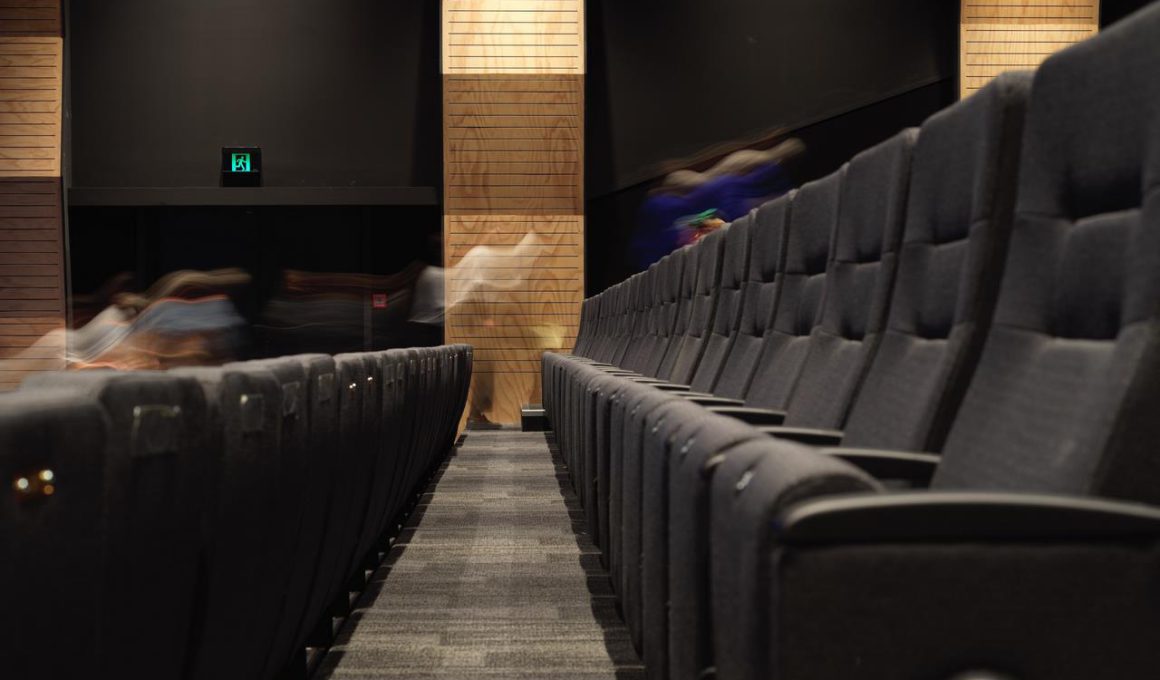Cinematic black bars make the picture look more cinematic. They also prevent the picture from stretching and serve as the background for subtitles and closed captions. Learn why movies have black bars! The answer will surprise you! Read on to find out why these frames are necessary for your favorite films. And, more importantly, learn why they are essential for the viewing experience. Here are a few examples. Then, get ready to enjoy them!
Cinematic black bars are used to make the frame look more cinematic
If you have ever watched a movie, you have probably seen films with cinematic black bars. Most films do not fill the entire frame, and black bars should be at least 1/3 the height and half the width. These bars are used to make a movie look more cinematic and are also an effective way to frame other content. They are usually cut out of the final cut. This type of framing is the most common way to edit a movie, but there are other methods.
You can use cinematic black bars to enhance the look of your video. Black bars help draw attention to the video’s content by removing unnecessary distractions. Adding black bars is a simple process and can be done with QuickTime Player. Simply open the video in QuickTime Player, highlight a portion of the video, and then go to ‘Tools’. From there, select ‘Add Black Bars’. Next, drag your mouse over the area you want to fill with black bars. Click ‘OK’ to confirm the selection.
Many people don’t realize that cinematic black bars are used in post-film processing. This type of post-film processing adds black bars to make the frame look more cinematic. These bars are used to make a movie look more cinematic by reducing the content to fit a screen’s native aspect ratio. However, most screens can’t display films in this format without letterboxing. In such cases, video players will crop the content to fill the empty space and add black bars.
Adding cinematic black bars to your video is a relatively simple process, but the process is still complex. You need a tool that’s easy to use, allows you to adjust the width of the black bars, and doesn’t flatten the video or include a watermark. The best tool to add black bars online is FlexClip. This tool will allow you to add cinematic black bars to your video.
In addition to creating a more cinematic look, cinematic black bars are an easy way to convert widescreen videos into standard-width videos. Cinematic black bars are also an effective way to repurpose landscape videos into square format, reducing the need to edit the video. By using a cinematic black bar, you can convert any widescreen video into a standard-width video while maintaining its aspect ratio.
While making a movie is relatively simple, it is important to know how to use different video formats. Square videos take up more space on mobile screens, so people have a better chance to see the content. In addition, square videos cost less to advertise to mobile users, which means better results for less money. There are many other benefits to choosing square videos as your movie format. You can also use these videos for other similar video projects.
They prevent the picture from stretching
Films are not shot to fill the frame completely. Usually, black bars are present on the top and bottom edges of the frame, about a third of the picture’s height and half of its width. This is called cinematic black bars, and it is an important part of post-film processing. Cinematic black bars help the viewers understand the overall quality of a movie and make it more enjoyable. Here are some of the reasons for cinematic black bars.
One reason for black bars in movies is because the movie was originally shot in an aspect ratio wider than the screen of a typical TV. For example, a movie filmed in the 1920s will have an aspect ratio of 2.35:1 instead of the 16:9 of most modern TVs. A cinema screen has a ratio of 1.78:1, while a widescreen monitor has a ratio of 16:9. To eliminate black bars on the screen, change the aspect ratio to a higher one.
Another reason for black bars in movies is to show the content of the movie. Films that are stretched may not be as sharp as they were intended. If a film has wide-angle settings, the screen may cut off a character’s head. Letterboxing allows for this to happen without cropping out the image. This allows the viewer to see the film’s entirety in the way the director intended.
While the aspect ratio of the TCL Roku TV is 16:9, the same cannot be said for television. Movies that have a wide aspect ratio, like those shown in movie theaters, will appear with black bars on the top and bottom. This is because the TV’s plastic border blocks part of the screen. The TV’s aspect ratio is lower than the movie’s aspect ratio. It will also have black bars on the left and right sides of the screen.
They act as a background for closed captions and subtitles
While closed captions and subtitles in movies are usually invisible to the viewer, they can be easily activated. Many televisions have menu options or remote controls that let you do so. Closed captions and subtitles are available in both open and hard-coded formats. These formats are more widely available, but they are more time-consuming to add. In addition, human error is a real risk.
The difference between closed captions and subtitles in movies is that closed captions are usually composed of speech and sometimes non-speech elements, such as music and sound effects. Closed captions and subtitles are different, as they assume the viewer cannot understand the language used in the film. Closed captions are usually dictated by a CC icon on the video player.
While the growing number of TVs and movie screens may be part of the problem, captions and subtitles are becoming more common with younger viewers. In 2040, Gen Z will take over the world and the use of captions will be the norm. Streaming services will have to find a better location for captions in movies. For example, Apple could normalize the troublesome notch and Netflix could move their subtitle bar below the title screen, but that would only help if people were sitting in the same room.
The most common example of captions is a video with closed or open captions. The captions are displayed at the bottom of the screen. These are important for deaf and hard of hearing people, as they enable them to understand what’s being said without audio. Captions appear as white text on a black bar. You can turn on or off captions as needed, and the black bars are usually placed at the bottom of the screen.
If you need to use closed captions and subtitles in a movie, you should choose a vendor that can handle difficult content. Advanced subjects such as French SAPs may use special terminology. To make your captioning vendor more accurate, be sure to include a glossary. Another important factor to consider is the turnaround time. Choose a vendor that integrates with your video platform.
Podobne tematy




